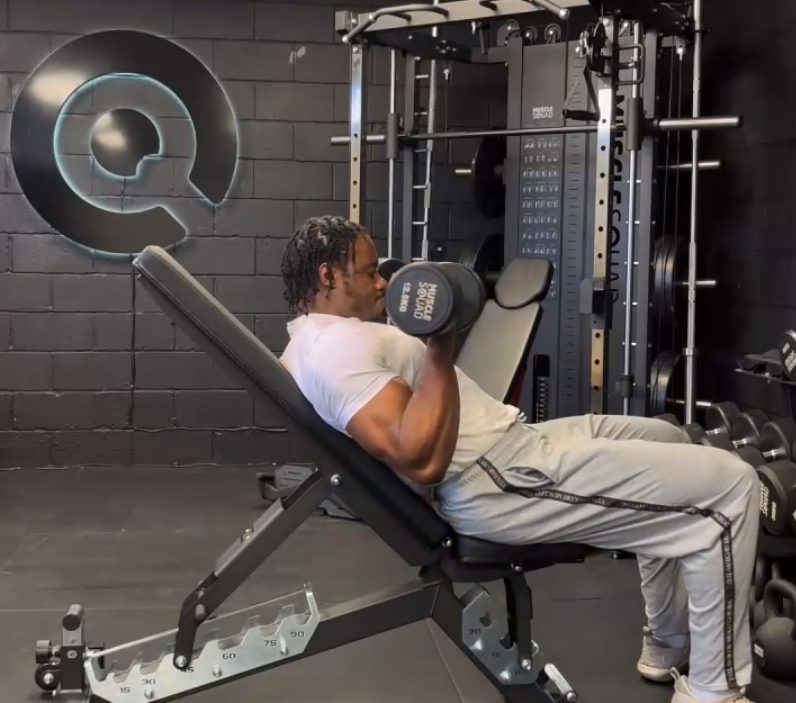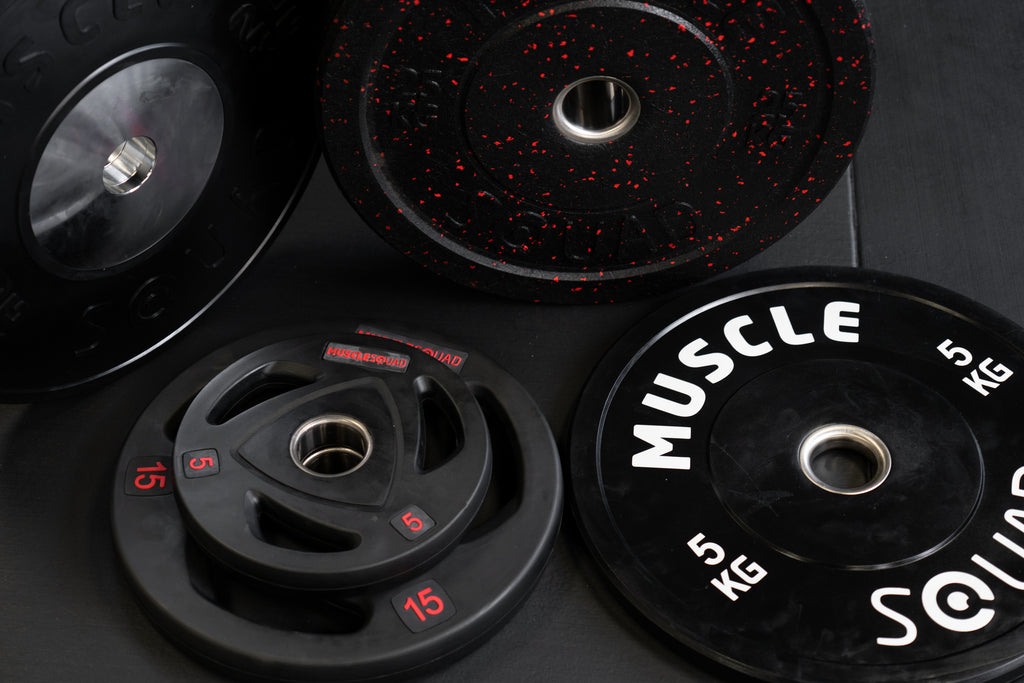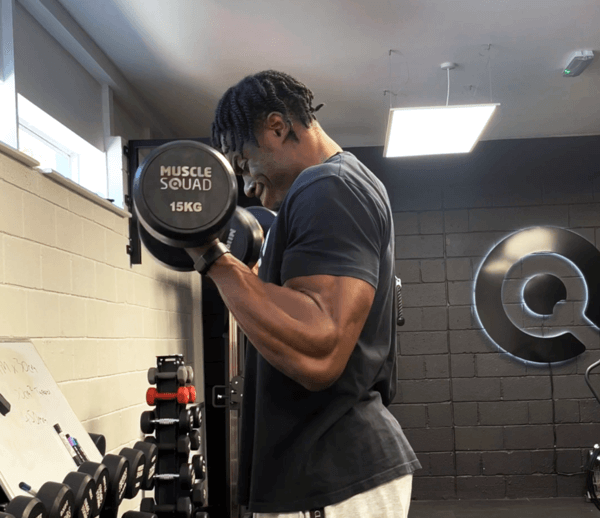Muscular hypertrophy is probably the most common goal of anyone looking to weight train. It's one of four types of strength training alongside muscular endurance, muscular strength, and muscular power.
Muscular hypertrophy is essentially building muscles, but the techniques that training programs advise people to use are often conflicting when it comes to maximising hypertrophy – this article aims to dispel the myths surrounding hypertrophy so you can get a sense of how to incorporate it into your workout routine effectively.
The first thing that you should consider when dealing with muscle hypertrophy is how muscle growth is stimulated – i.e., through mechanical tension, muscle damage and metabolic stress. This means that to increase our hypertrophy, we need to increase our "time under tension", or the time period your muscles are strained in any given set – here are some top tips to achieve this goal:
Sets and Weights
The first thing you should do to improve your muscular hypertrophy during strength training is to use a moderate rep range of around 6-12 repetitions over 4-5 sets. This will allow your muscles to have an optimal amount of strain to tear and rebuild, which is just what you're looking for!
When it comes to what weight you should be lifting, a great rule of thumb is attempting the 10-12 rep window. If you find yourself breezing through 12 reps with a given weight, chances are it's too light – however, if you can't make 10 reps with your chosen weight, it's too heavy. Another way to calculate the perfect weights to lift for maximum hypertrophy is by determining the maximum weight you can be lifting for a single rep and using a percentage of that to determine your weight for 10-12 reps (i.e. 65%)
Essentials to Building Muscle Mass
There are essentially 2 things to consider when you're building your muscle mass to maximise your hypertrophy. The first is your calorie intake – you'll want to calculate a calorie surplus that's manageable and sustainable for your lifestyle and work on an average of 250 calories in the plus.
The next essential step to building muscle mass is known as progressive overload. This essentially means ensuring that as your muscles improve, you’re lifting heavier weights to compensate for this fact. This means you should always track your training and ensure you’re adding incrementally more weight to your routine as you progress.
Intensity and Volume
Your training intensity is another major factor in maximising your hypertrophy. When a trainer talks about intensity, they're usually referring to the amount of weight lifted in relation to a percentage of your one-rep max or the most amount of weight a person can lift for a single repetition. Another contributing factor to your hypertrophy is the volume of which you work out, aka how many reps you complete.
The relationship between your workout intensity and volume is inverse – the more weight you're lifting, the fewer reps you'll be able to complete. Hypertrophy is found in the middle of rep ranges at around 6-12 reps, in comparison to 15+ reps for endurance training and 1-6 reps for strength training. This is why it's essential to ensure you have the correct weight for your workouts so you can reach that 12-rep limit without over or under-straining yourself.
Workouts
It's thought that high-load training in a moderate rep range of 6-12 repetitions is the best way to increase your hypertrophy since this is the perfect combination of mechanical tension and muscle damage. You should also make sure that you give yourself 60-90 second rest periods to increase your strength and allow you to recover in-between sets. This will, in turn, allow you to complete more reps and use a better technique while doing so – it will also eliminate the risk of injury as you won't be completing reps before you're ready to.
For maximal hypertrophy with rests in between sets, it's completely normal to finish your workout with muscle failure, in which your muscles are so fatigued they cannot complete any more reps – this is usually a key sign that you have maximised your hypertrophy!
You should try and prioritise working in the compound and single-joint movement workouts into your hypertrophy routine. This is because it stimulates muscle growth better than just focusing on one type of movement – compound exercises utilise more muscles and result in increased hypertrophic response. The reason you should also involve single joint movement workouts is so you can increase muscle growth in specific areas too.
With any type of hypertrophy workout, make sure you periodise your training to avoid over-training and injury. Always speak to a professional before beginning any new training program so that they can give you the best advice on how to strive to be in line with your goals!

 Oct 07, 2022 - Chris Billingham
Oct 07, 2022 - Chris Billingham


Leave a comment: